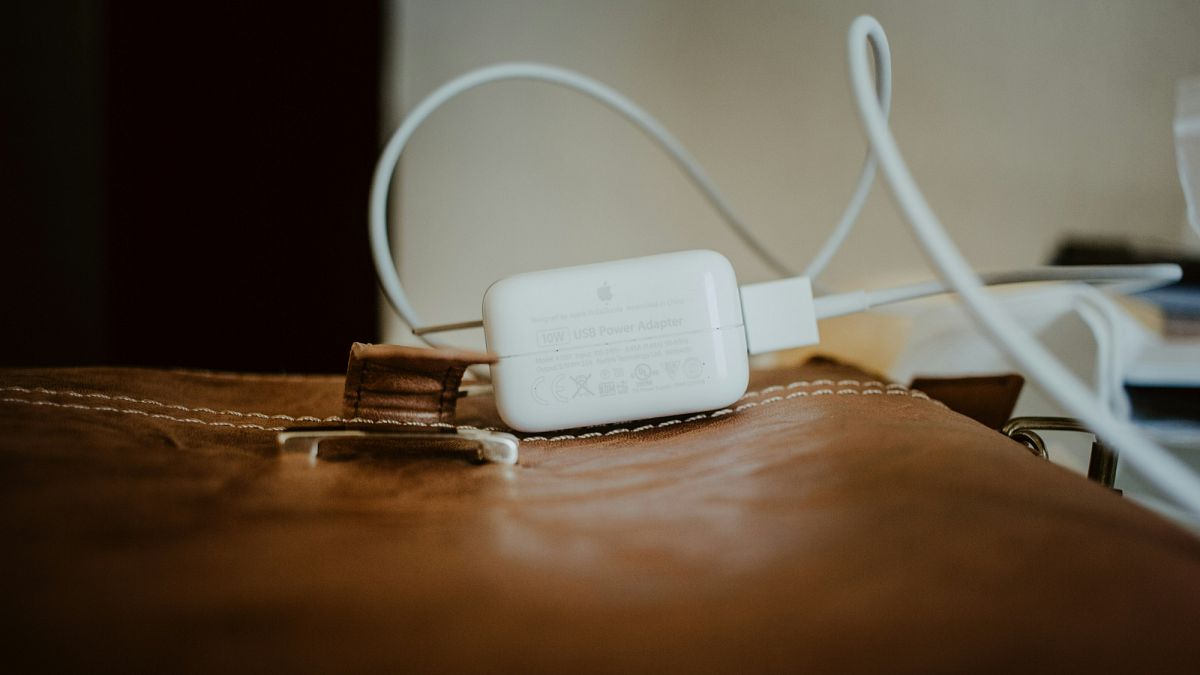A growing number of airlines are implementing restrictions or outright bans on carrying power banks during flights.
What was once an essential travel accessory is now increasingly being scrutinised by air travel safety authorities after several incidents of batteries overheating.
So what are the rules, and which airlines are clamping down on passengers bringing these small but potentially dangerous devices on board?
Power banks can pose a fire hazard on flights
Power banks, or portable chargers, pose a hidden risk that has prompted some airlines to re-evaluate their policies.
“The main issue with power banks is the lithium-ion batteries they contain, which, if damaged or faulty, can pose a fire hazard,” says travel consultant Colin Pearson, collaborating with boutique hotel Stanton House Inn. “A malfunctioning power bank can overheat, catch fire, or even explode, which is particularly dangerous in the confined space of an aircraft.”
Lithium-ion batteries are known to be volatile, and when they are exposed to high pressure or extreme temperatures, such as during a flight, the risks increase.
As a result, the International Air Transport Association (IATA) has recommended that power banks be placed in passengers’ carry-on luggage only and limited to specific watt-hour ratings to mitigate the risk of fire.
Airlines introduce power bank restrictions
While incidents of power banks catching fire have been rare, they’ve been enough to spark widespread concern among airline safety experts.
“It’s no longer merely a matter of inconvenience. The safety of all passengers and crew members aboard the aircraft is the primary concern, and even a single incident can have far-reaching consequences,” says Pearson.
Airlines such as Qantas and Emirates have recently introduced stricter rules regarding power bank transportation. Other carriers, including Cathay Pacific and Singapore Airlines, have banned passengers from using them during flights or charging them using the plane’s power outlets.
While these policies may vary slightly from one airline to another, most have begun enforcing size limits or outright bans on larger capacity power banks.
What are the rules for bringing power banks on flights?
“The key thing to remember is to always check the specific airline’s policy before you fly,” advises Pearson, as rules can differ.
In general, travellers can bring power banks on board with a capacity of up to 100 watt-hours without having to notify the airline.
But portable chargers between 100 and 160 watt-hours usually need special approval.
Those above 160 watt-hours are not allowed on flights.
Importantly, power banks can only be packed in carry-on bags, never in checked luggage. Make sure you also check if your airline allows you to place these devices in overhead lockers or if they will have to remain with you in your seat, as some have much stricter regulations.
With some airlines not permitting the use of a power bank on board, Pearson advises considering alternatives, such as charging the device before travel or seeking out airports that offer charging stations to avoid the risk altogether.
“A little extra preparation can go a long way,” he says. “This ban on power banks is just another step toward ensuring safer, more secure flights for everyone.”

